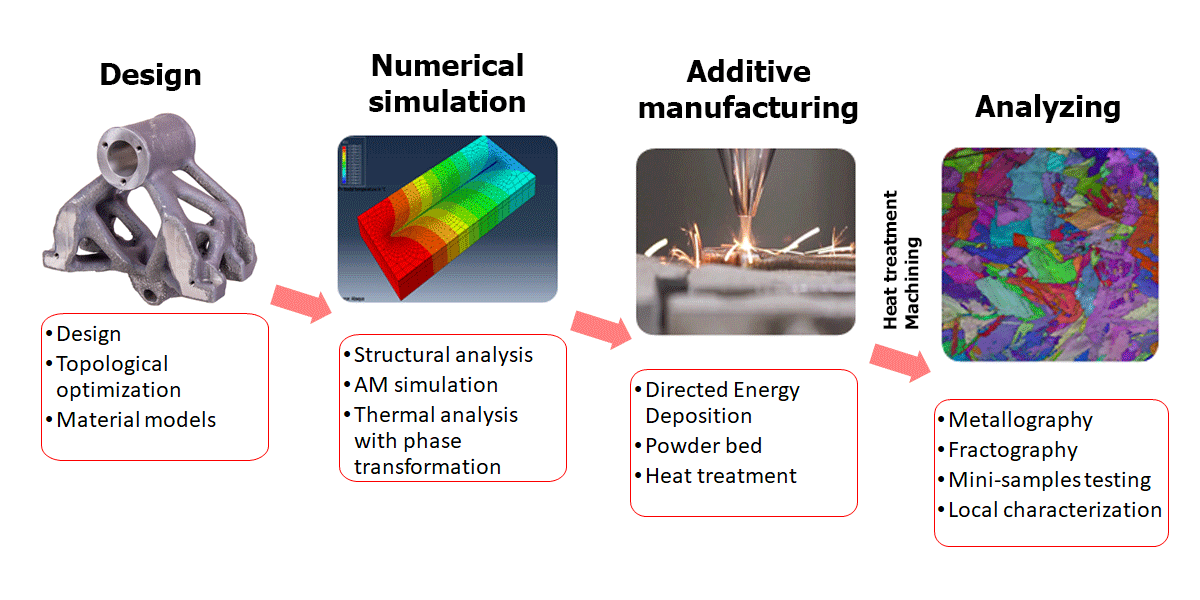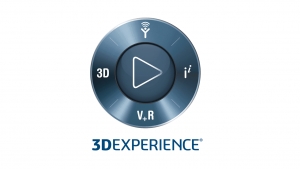PF 2026
We wish you a Merry Christmas and Happy New Year! ... more
At our experimental workplace, we deal with developments in the field of additive technologies. We have equipment for additive production, several FEM simulation software, mechanical and metallographic laboratory used mainly for research purposes.
The greatest potential of additive production lies in the possibility of unusual shape component creating, while maintaining its functionality and rigidity. In our company, additive production is solved in specific phases or in a complete chain from shape development, prediction of part behavior during and after printing using simulation, our own additive production and subsequent analyzes such as metallography and mechanical tests.

Case study
|
|
Technologies and equipment usedDED (Directed Energy Deposition) – metal printingDirected energy deposition is a technological process in which the fed material is melted directly at the desired location using a laser beam. |
|
InssTek MX600 - DED technologyThe InssTek printer uses the so-called Powder-based DED method, where powder is injected into the laser-exposed area and is carried away by an inert gas. Parameters
InssTek MX-LAB – DED technologyParameters
|
Materials
|
Meltio + Fanuc – Wire-Laser metal 3D printingThe Meltio printer uses the Wire-based DED method, where a wire is fed into the laser-exposed area. |
|
|
|
Parameters
Materials
|
LPBF (Laser Powder Bed Fusion) – metal printingAn even layer of powder is applied to the vertically adjustable table and then the area corresponding to the cross-section of the desired piece is melted by a laser beam. Gradual application of individual cuts achieves the desired shape. |
|
Aconity TWO – PBF technologyParameters
Materials
|
|
FDM (Fused Deposition Modeling) – plastic printingThis is the most available method of 3D printing, where a plastic string is melted and this melt is extruded by a nozzle and gradually laid by lining into individual layers. |
|
 |
miniFactory Ignite
Průša XL
|
 |
 |
We recently tested the mechanical properties of automotive rims made of carbon composites in our laboratory. ... more